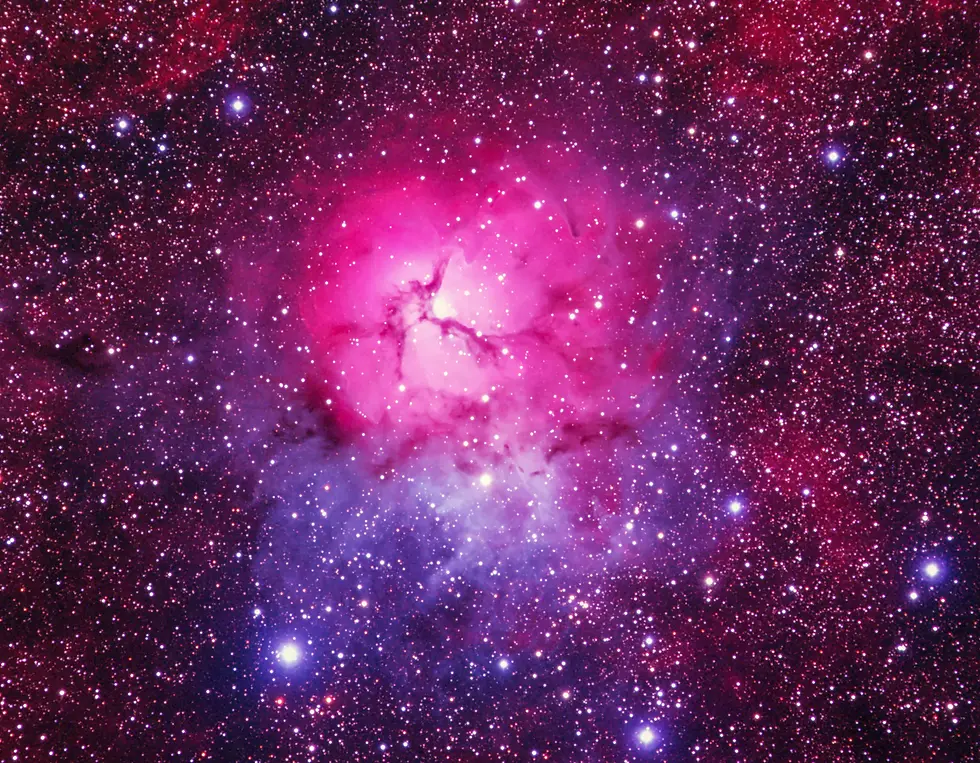What's Up? -AUGUST 2024
- Chris Baker
- Aug 8, 2024
- 3 min read
Each month I highlight a few objects you can spot in the night sky without the need for optical equipment.
Saturn, Jupiter and Mars all visible this month
Despite there being little darkness this time of year - you'll still be able to spot a number of wonderous sights!
PLUS- we have the fantastic Perseid meteor shower!
PLANETS
Venus and Mercury difficult to spot this month
Mars
Mars is a morning planet this month rising around midnight at the beginning of the month. The Moon is near Mars and Jupiter on the 27th and 28th August -worth spotting!
Mars close to the moon and Jupiter looking east on the 27th and 28th August - 2:30 onwards

Courtesy of Stellarium
Jupiter
Jupiter is also a morning planet this month rising in the east- southeast look out for the close encounter with Mars on the 27th and 28th August
Saturn
Saturn puts on a spectacular display and is visible throughout the month.
Saturn around 2:30 in the morning mid month looking south

Courtesy of Stellarium
Saturn will be occulted by the moon on the morning of the 21st at 04:28

Courtesy of Stellarium
This is Saturn and the Moon looking south at 3:30 on the morning of the 21st an hour prior to the occultation.
And now for the PERSEID METEOR SHOWER
QUICK SUMMARY TO VIEWING: Look north east after sunset any time until dawn and you'll spot them between the 11th-13th August peaking on the night of the 12th.
What is a Meteor? Before we delve into the specifics of the Perseid meteor shower, it's important to understand what a meteor is. A meteor, often referred to as a "shooting star," is a streak of light that appears when a meteoroid – a small rocky or metallic body – enters Earth's atmosphere and burns up due to friction with the air. The result is a brilliant and fleeting streak of light across the sky.
What is the Perseid Shower? The Perseid meteor shower is a celestial phenomenon that occurs annually when Earth passes through the debris left behind by Comet Swift-Tuttle. This debris consists of tiny particles, most no larger than a grain of sand, that were shed by the comet during its journey through the solar system. As these particles enter our atmosphere and vaporize, they create the breath-taking display of light known as the Perseid meteor shower.
When to See It The Perseid meteor shower is known for its reliable and impressive performance, making it a favourite among astronomers and sky enthusiasts. It typically occurs from mid-July to late August, with its peak activity around August 11th to 13th. During this time, the Earth passes through the densest part of the debris field, resulting in a higher frequency of meteors streaking across the sky. In fact, during the peak, observers can witness up to 60 or more meteors per hour under optimal conditions.
Where to Look Observing the Perseid meteor shower doesn't require any specialized equipment – just a clear sky and a comfortable vantage point away from bright city lights. To maximize your viewing experience, find an open area with an unobstructed view of the sky. Lie back on a blanket or reclining chair, allowing your eyes to adjust to the darkness. While the meteors can appear anywhere in the sky, they will all seem to radiate from a point in the constellation Perseus, which gives the shower its name. This radiant point rises in the northeastern sky after sunset and moves higher as the night progresses. However, don't focus solely on the radiant point – keep your gaze wandering to fully appreciate the stunning streaks of light across different parts of the sky.
Looking north east after dark will be good enough to spot the meteors - but to help you further look for the asterism 'W' shape of Cassiopeia and they will emanate from just below. But don't worry if you cannot find the W - simply look up in the north east and you'll be fine.
Cassiopeia in the north east.

Courtesy of Stellarium
Saturday 12th August will be the main peak but it will also be good on the 11th and 13th.
Don't forget to make a wish when you see a shooting star.
Enjoy the night sky this month and let me know about your observations
Thank you for reading this blog and do let me know if there is anything you would like me to add to my Newsletter each month.
.png)



Comments